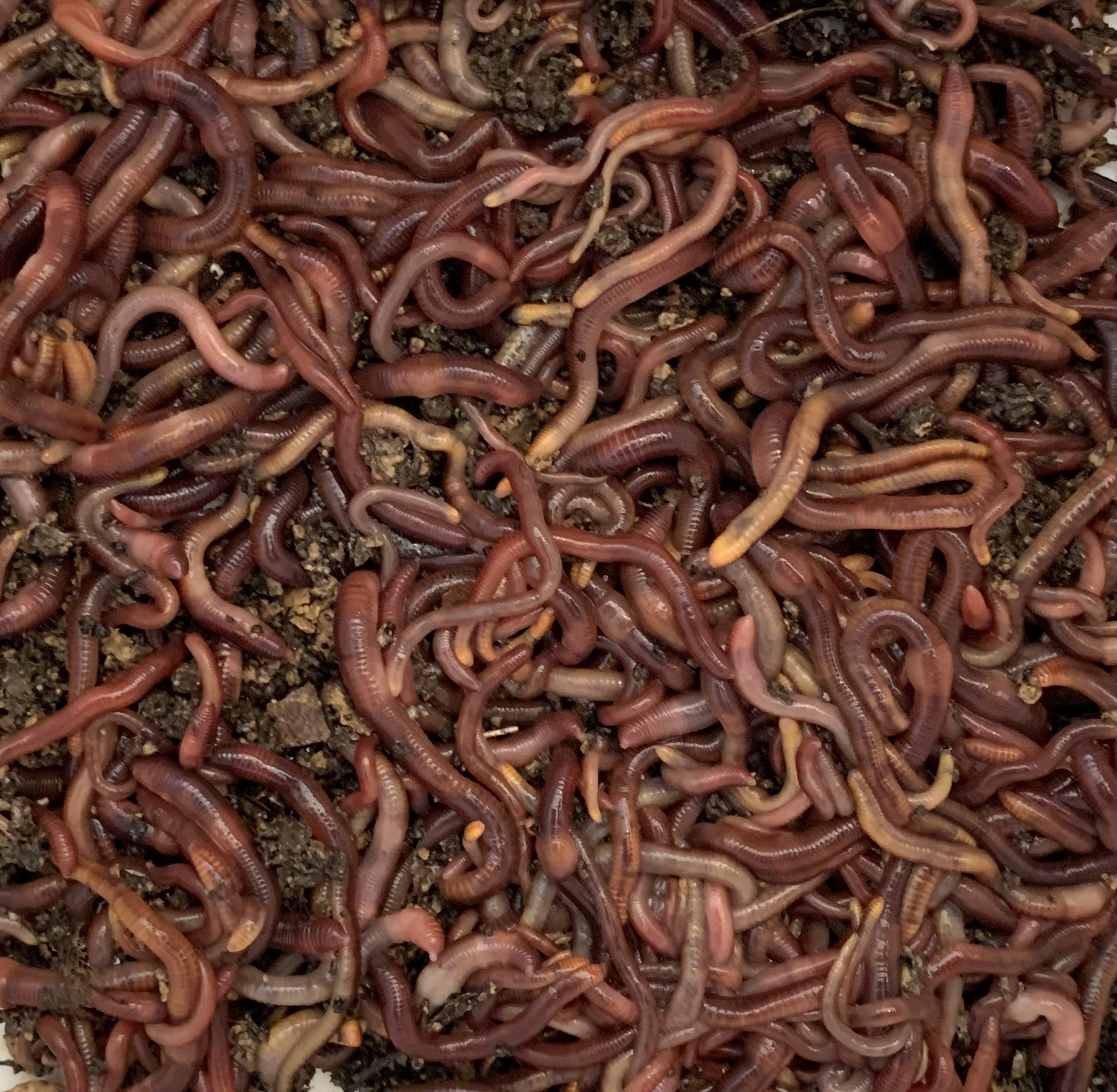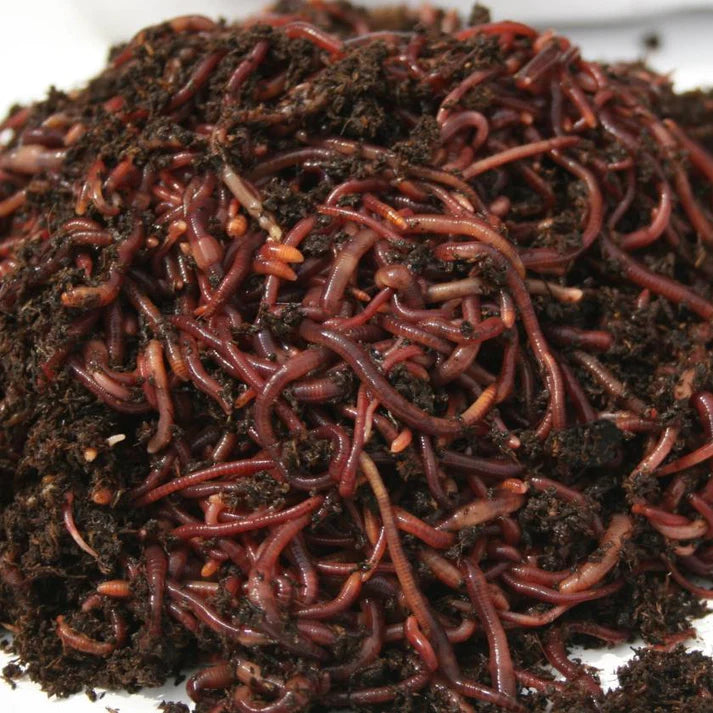What Does Red Wiggler Express Mean?
What Does Red Wiggler Express Mean?
Blog Article
The smart Trick of Red Wiggler Express That Nobody is Talking About
Table of Contents9 Easy Facts About Red Wiggler Express ExplainedThe Only Guide for Red Wiggler ExpressRed Wiggler Express Fundamentals ExplainedWhat Does Red Wiggler Express Mean?
With the global press for sustainability and with environmentally friendly methods growing in popularity, people are ultimately coming about and acknowledging the ecological advantages of red wiggler worms and composting. In this short article, we'll go over exactly how vermicomposting supports sustainable horticulture and the environmental benefits of red wigglers and various other earthworms.
This is the brief of it. If you desire to read extensive regarding red wiggles, we have a whole write-up dedicated to them here. Now, allow's enter into the basics of exactly how these worms support sustainable horticulture practices and benefit the environment: Worm composting is like a health spa day for your dirt.
When incorporated right into your yard dirt, these castings enhance its framework, oygenation, and water retention. This helps with plant development and health and wellness and does not require the use of any kind of chemicals. Did you recognize that natural waste makes up a considerable portion of garbage dump material?
By diverting your cooking area scraps and lawn waste into a worm composting container, you're efficiently decreasing the quantity of organic waste that winds up in garbage dumps. It's a great deal for your garden and the earth. Forget chemical fertilizers worm castings are the genuine bargain. They're chock-full of crucial nutrients like nitrogen, phosphorus, and potassium.
3 Easy Facts About Red Wiggler Express Shown

Mix the nutrient-rich worm castings right into your yard dirt or utilize them as a top clothing for potted plants. In a globe where sustainability is ending up being increasingly essential, red wigglers radiate as unhonored heroes of horticulture.
Composting might feel like old information, but doing it with a container full of worms possibly doesn't. Red wiggler worms use wonderful benefits to the natural garden enthusiast, generating both a natural fertilizer and an effective pesticide. And they eat your kitchen area scraps. The value of red wigglers, a.k (Worm Farms United States).a. Eisenia fetida, exists in their waste matter, referred to as worm spreadings.
Worm castings might be purchased at stores such as SBS in Winery Haven or Vineyard Gardens in West Tisbury, but to raise the worms in a garden compost bed and harvest your own spreadings is much more enjoyable. The job of these worms is a component of sustainable living. Red wigglers are indigenous to equine manure, where they burrow to lay eggs.
3 Simple Techniques For Red Wiggler Express
(https://sandbox.zenodo.org/communities/rwigglerexnc/records?q=&l=list&p=1&s=10&sort=newest)They can't make a whole lot of it." He covers the bin with straw, after that a piece of old carpet. "They like the warmth," he claims. Lynn explains the manufacturing of spreadings and two uses: as a fertilizer and as a pesticide. "They digest rotting matter. It goes through them and adds calcium to make this rich earth," she states.
"I did it to see if it would certainly make a difference on white flies and aphids. The red wiggler is a prodigious dog breeder, laying eggs as frequently as once a week - Red Wiggler Express.
It takes three to 5 months for a child worm to get to sexual maturity and the grown-up length of three inches. Their life expectancy is four to five years unless obviously they are utilized for bait. As freshwater fish bait, wigglers wriggle on the hook and endure underwater longer than standard earthworms.

As one of the Epigeic course of compost worms, the typically does not show up in dirts. Rather, it thrives within the dirts of leaves litter, manure, and breaking down vegetation. The worm is red or reddish-brown in shade and has a smooth, round form. The clitellum, or saddle-like reproductive gland, is located concerning two-thirds of the way down the worm's body.
A red wiggler worm can expand up to 4 inches in size yet is normally only about 2 and a fifty percent inches. The worm has a small mouth situated at the front of its head. It additionally has tiny bristles, called setae, which help the worm relocation and anchor itself to surfaces.

Report this page